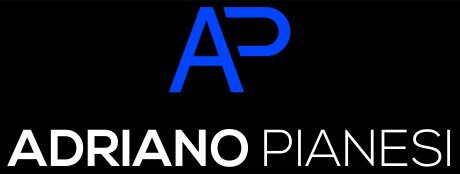FACILITATING and DEBRIEFING (6 video clips)
Connecting to Purpose
| "Standing in your purpose" is an important concept in the Adaptive Leadership framework. This idea allows us to be anchored and creative when a terrible storm or unexpected difficulty shows up during our journey. The ability to elicit and reflect on how easily we lose sight of that purpose when the game gets rough is an important gift that a Case-in-Point educator can offer participants. Here Jill takes a chance to reconnect to that purpose thereby mobilizing resources and making an important first decision for the session. |
|
|
QUESTIONS FOR FURTHER REFLECTION
|
|
The Power of Simple Stories
| In this piece Jill shares a personal story about how she learned to ride a bicycle. Illustrating abstract leadership concepts through the power of simple stories like this is another way of engaging participants. It helps them make sense of what is happening while realizing that it is ok to feel the pinch of reality that manifests itself as a sense of frustrated expectations. Notice in this segment how Jill sets the stage and describes this scene from her childhood in vivid and yet relevant terms for the class. |
|
|
QUESTIONS FOR FURTHER REFLECTION
|
|
The Difference between Technical and Adaptive
| The difference between technical and adaptive work is one of the central ideas of the Adaptive Leadership framework and one that is critical to restate. In fact, Case-in-Point treats teaching as an adaptive challenge while traditional pedagogy treats teaching as a technical problem. Notice how Jill names this key idea in this segment. |
|
|
QUESTIONS FOR FURTHER REFLECTION
|
|
Interjecting Curriculum Pieces in the Conversation
| Case-in-Point is about linking what is happening in the room with the key curriculum points. When we do this too much we over-intellectualize what's alive. When we do this too little we miss an opportunity to make the concepts stick. As often with Case-in-Point the mastery is in the balance that you manage to reach by showing up as you are. In this segment, Jill makes a point of naming those curriculum points for participants to frame the situation in the room as a "here and now" instance of the concept being explored. |
|
|
QUESTIONS FOR FURTHER REFLECTION
|
|
Debriefing Emerging Factions
| The idea of factions is central in the Adaptive Leadership framework. And rather than talking about ideas "out there," Adriano instead surfaces factions “right here.” This gesture helps the group make sense of them here and now by connecting the leadership concepts to the dynamics in the room. He masterfully acknowledges the forces at play (time/expectations) and gives the work back. This time he asks not just what he should be doing but also puts participants on the spot: what should YOU be doing as well? |
|
|
QUESTIONS FOR FURTHER REFLECTION
|
|
Listening Skills
|
Case-in-Point educators need to be good listeners. In fact, this is the most important skill required for this way of teaching. |
|
|
QUESTIONS FOR FURTHER REFLECTION
|
|
